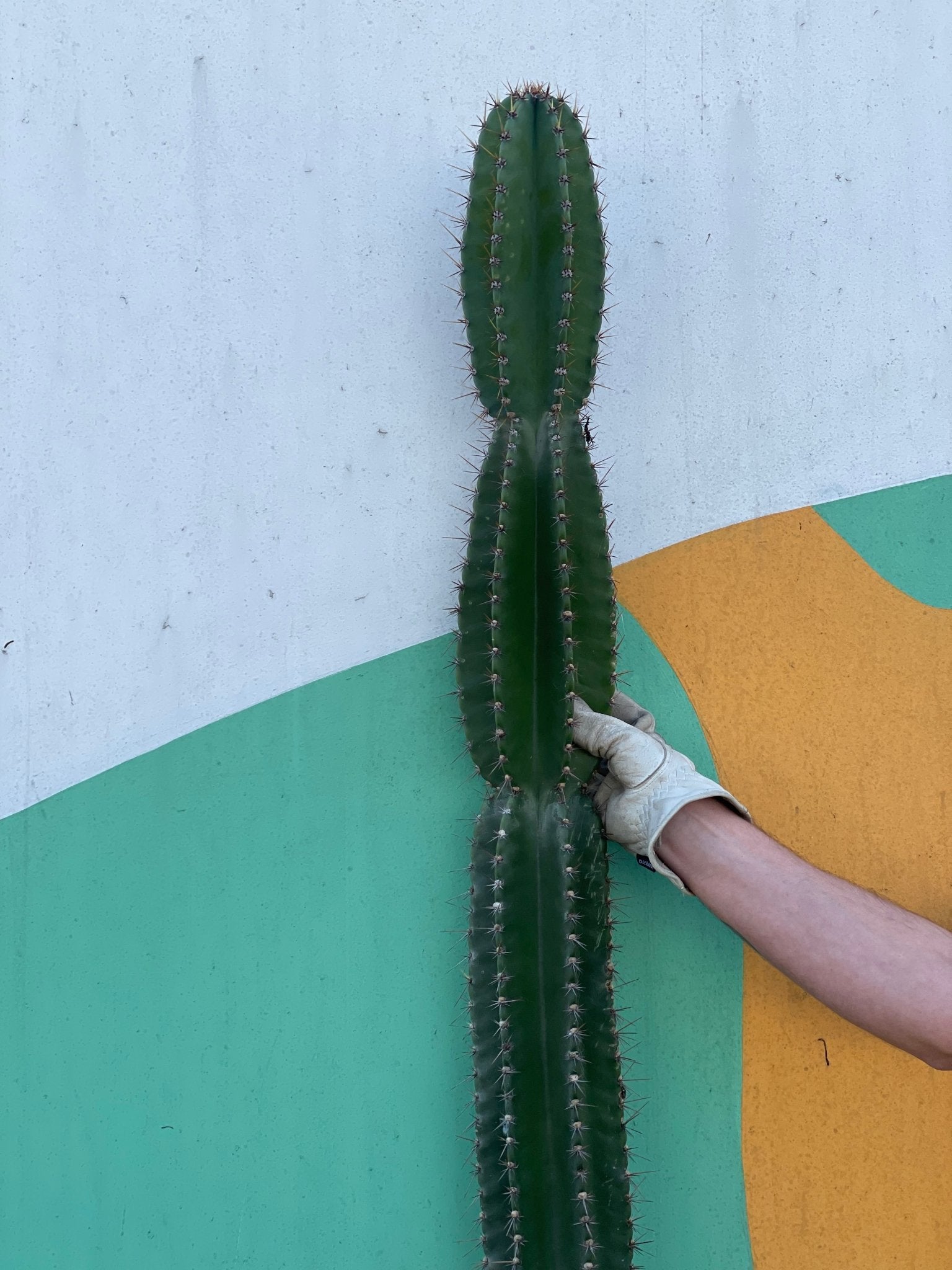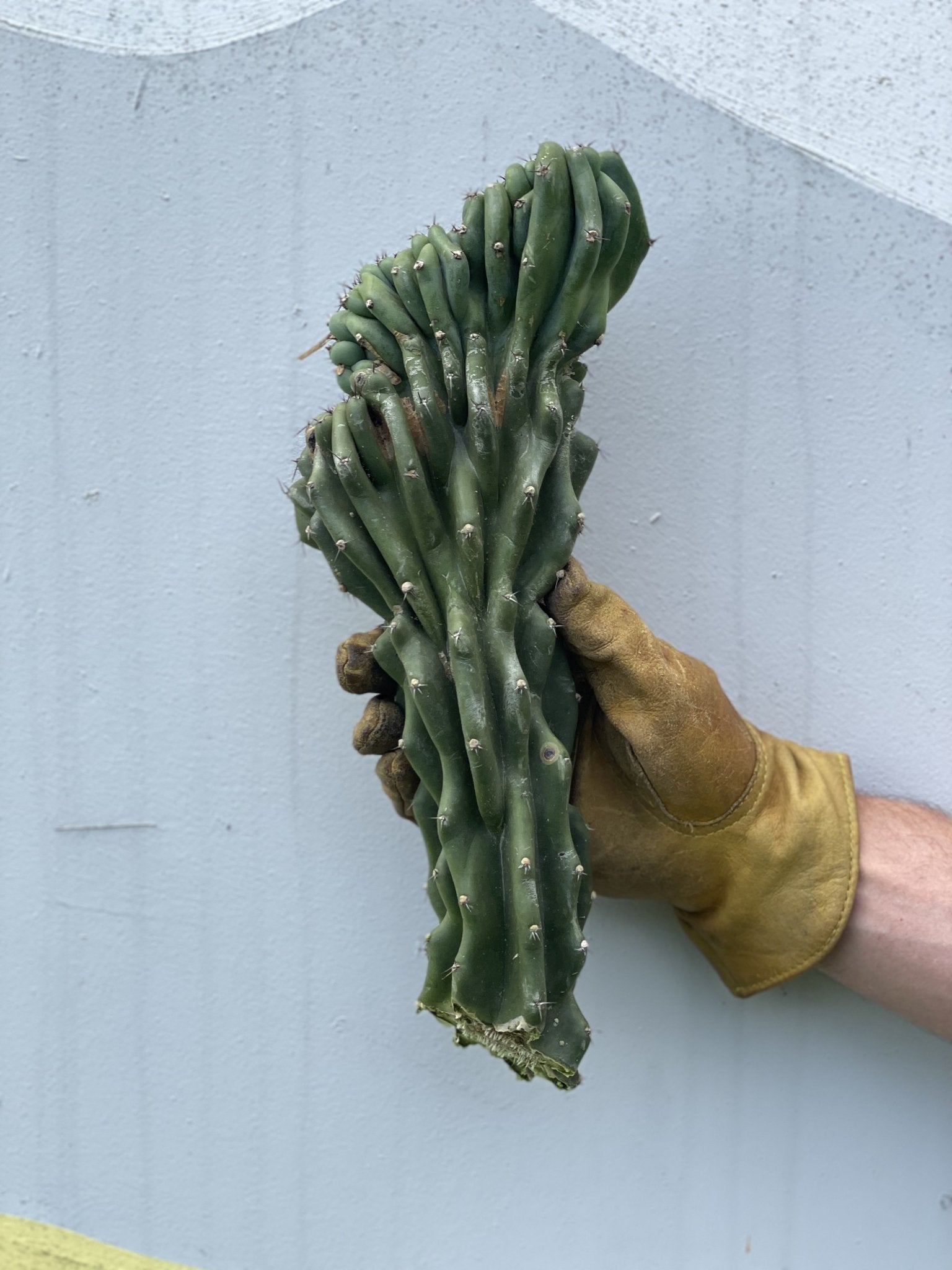Visions of Spanish moss shrouding cypresses and oaks in the South create a timeless allure. Despite varying opinions, its visual impact is undeniable. Notably, plants labeled as weeds today were deliberately introduced and cultivated in the United States, like dandelions.
It turns out that is the case with Spanish moss, too.
Spanish Moss Lifestyle
Spanish moss is a type of epiphyte, living without soil substrate on other plants or structures for support. Its aesthetic appeal gives hosts a regal appearance with the graceful draping of moss, a cultural tradition that spans many ages. This unique plant has a long history of being used in various cultural practices and rituals.
The moss is light in weight yet dense, allowing for versatile applications beyond traditional gardening. Many plants with a similar structure, such as bedstraw, work well as stuffing or filling for cushions and pillows. It can serve as padding for transporting other plants, nesting material for birds and other wildlife, and as building insulation.
Spanish moss can serve similar purposes for hanging plants, terrariums, and garden beds. It offers a pleasing mulch or cover for landscaping. An attractive addition to landscaping, it is a great choice for various themes. Despite its misleading name, it originates in Central and South America.
Final Thoughts
Spanish moss is a fascinating plant. It lives on other plants but isn’t a parasite. As you may expect, many wildlife species use it for various purposes, such as nesting material and cover. It’s a plant that crosses the board for functions both within and outside Nature.












Leave a comment